Blastomussa Coral Care Guide – (Blastomussa merletti) Care & Feeding Tips
Blastomussa Coral Care Guide (Blastomussa merletti)
Introduction
Blastomussa corals (Blastomussa merletti), sometimes called Pineapple Corals, are visually striking LPS corals that add vibrant color and movement to reef aquariums. Their fleshy polyps and hardy nature make them a popular choice for hobbyists. With the right lighting, flow, and feeding, Blastomussa corals thrive and can become a centerpiece of your reef.
Scientific Name & Identification
Blastomussa corals (Blastomussa merletti) are recognized by their large, fleshy polyps that often appear in bright colors such as green, red, orange, or brown, usually with contrasting centers. Each polyp is round and dome-shaped, giving the colony a distinctive bumpy, “bubble-like” texture. Colonies can vary in size and coloration depending on lighting, flow, and feeding. Polyps fully expand during the day and at night when feeding, making them highly attractive and easy to identify in a reef aquarium.
Natural Habitat
Native to the Indo-Pacific, Blastomussa corals are typically found in lagoon areas and lower reef slopes where water movement is gentle and light is moderate. These conditions inform how to replicate ideal aquarium settings.
Aquarium Care & Setup
Temperature: 74–80°F (23–27°C)
pH: 8.1–8.4
Salinity: 1.024–1.026
Flow: Low to moderate, avoiding strong currents to allow full polyp expansion
Lighting: Low, ideally 50–100 PAR; avoid direct high-intensity lighting to prevent bleaching
Placement: Sandbed or lower rockwork with space around each colony to avoid stinging neighboring corals
Feeding Blastomussa Corals
Blastomussa corals benefit from occasional target feeding, even though they are photosynthetic. Their polyps extend at night to capture small meaty foods such as mysis shrimp, brine shrimp, or coral-specific pellets. Feeding 2–3 times per week promotes growth, coloration, and polyp expansion.
Growth and Behavior
Blastomussa corals form encrusting colonies with fleshy polyps that expand during the day and at night. For best growth, offer frequent feedings of meaty foods.
Tankmates
Blastomussa corals are compatible with most peaceful reef fish and invertebrates. Avoid aggressive species that may nip at the polyps. Suitable tankmates include gobies, tangs, cleaner shrimp, and snails.
FAQs about Blastomussa Corals
Are Blastomussa corals easy to keep?
Yes, they are moderately hardy LPS corals that thrive with stable water conditions and moderate lighting.
Do Blastomussa corals need to be fed?
Target feeding 2–3 times per week with small meaty foods improves growth, coloration, and polyp expansion.
What lighting do Blastomussa corals need?
Low lighting (50–100 PAR) is ideal. Too much light can cause bleaching, while too little can reduce color vibrancy.
Where should I place Blastomussa corals in my tank?
They do best on sandbed or lower rockwork with low to moderate flow. Keep space around colonies to prevent stinging.
Will Blastomussa corals sting other corals?
Blastomussa corals are generally peaceful, and will not bother neighboring corals.
How fast do Blastomussa corals grow?
Growth is moderate and depends on lighting, flow, and especially feeding. Colonies expand outward with fleshy polyps over time.
Conclusion
Blastomussa corals (Blastomussa merletti) are colorful, hardy, and rewarding additions to any reef aquarium. With moderate lighting, gentle flow, regular feeding, and proper spacing, these corals thrive and maintain their stunning appearance. Whether you call them Blastomussa or Pineapple Corals, they are a must-have for LPS enthusiasts.
Shop Blastomussa corals.


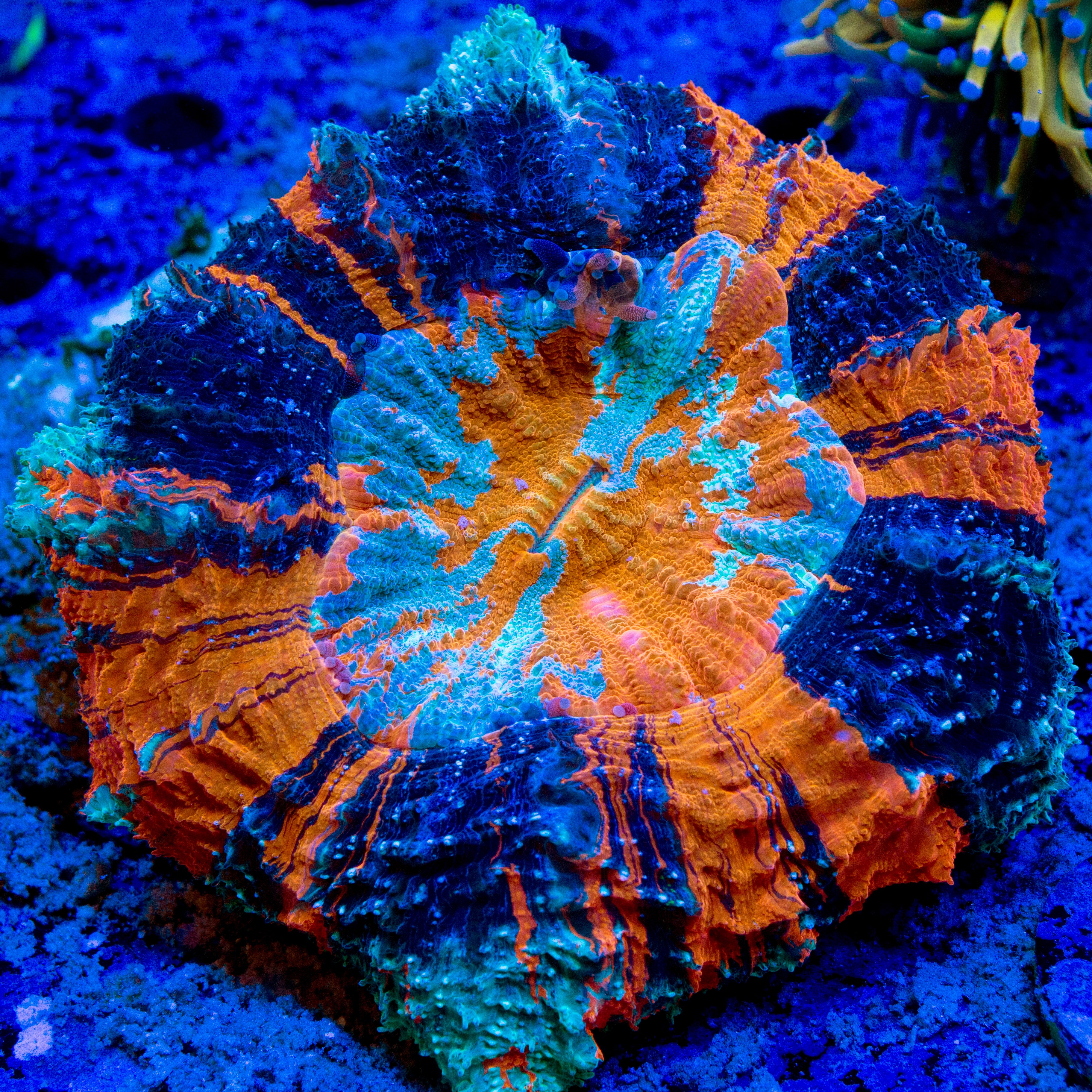
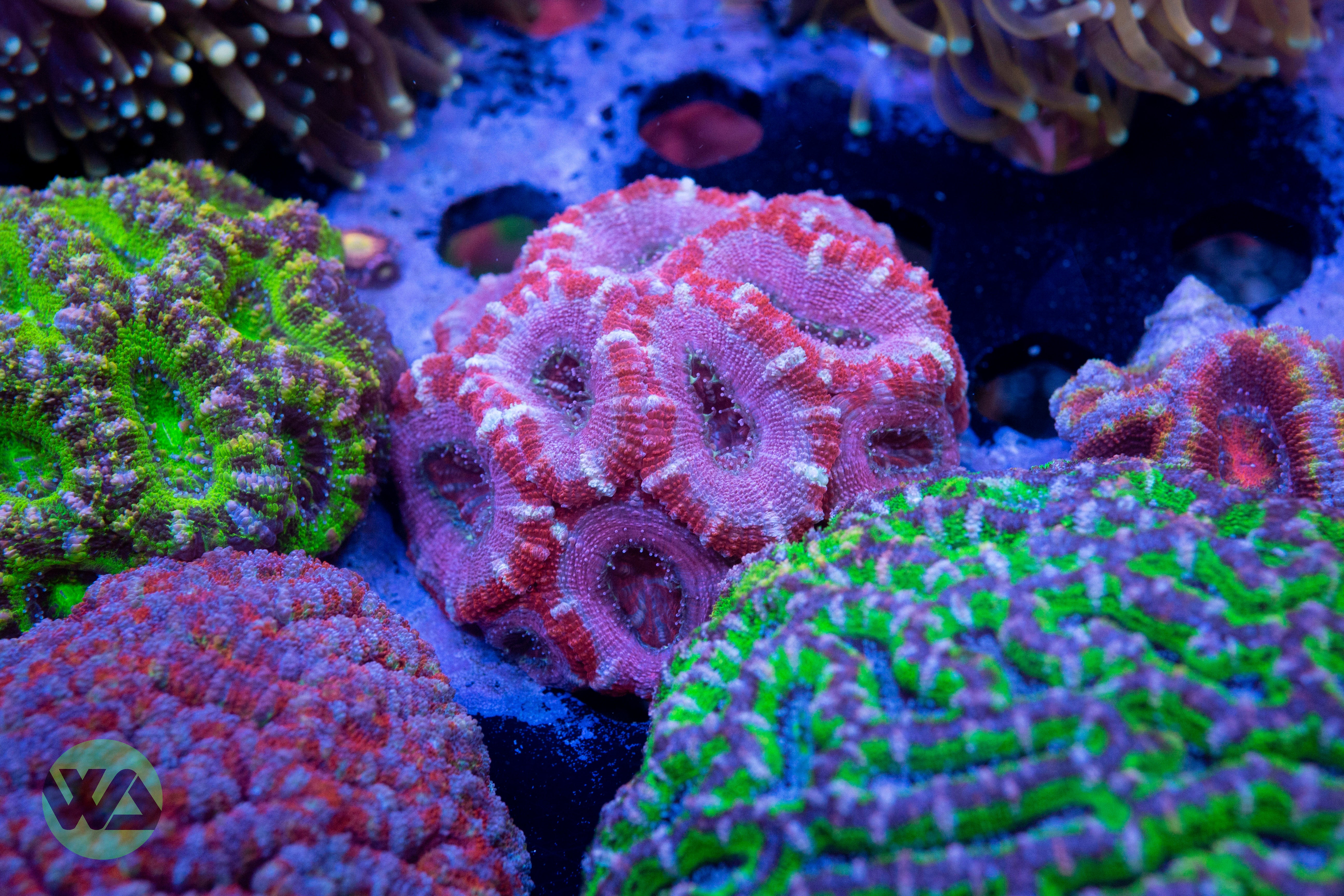
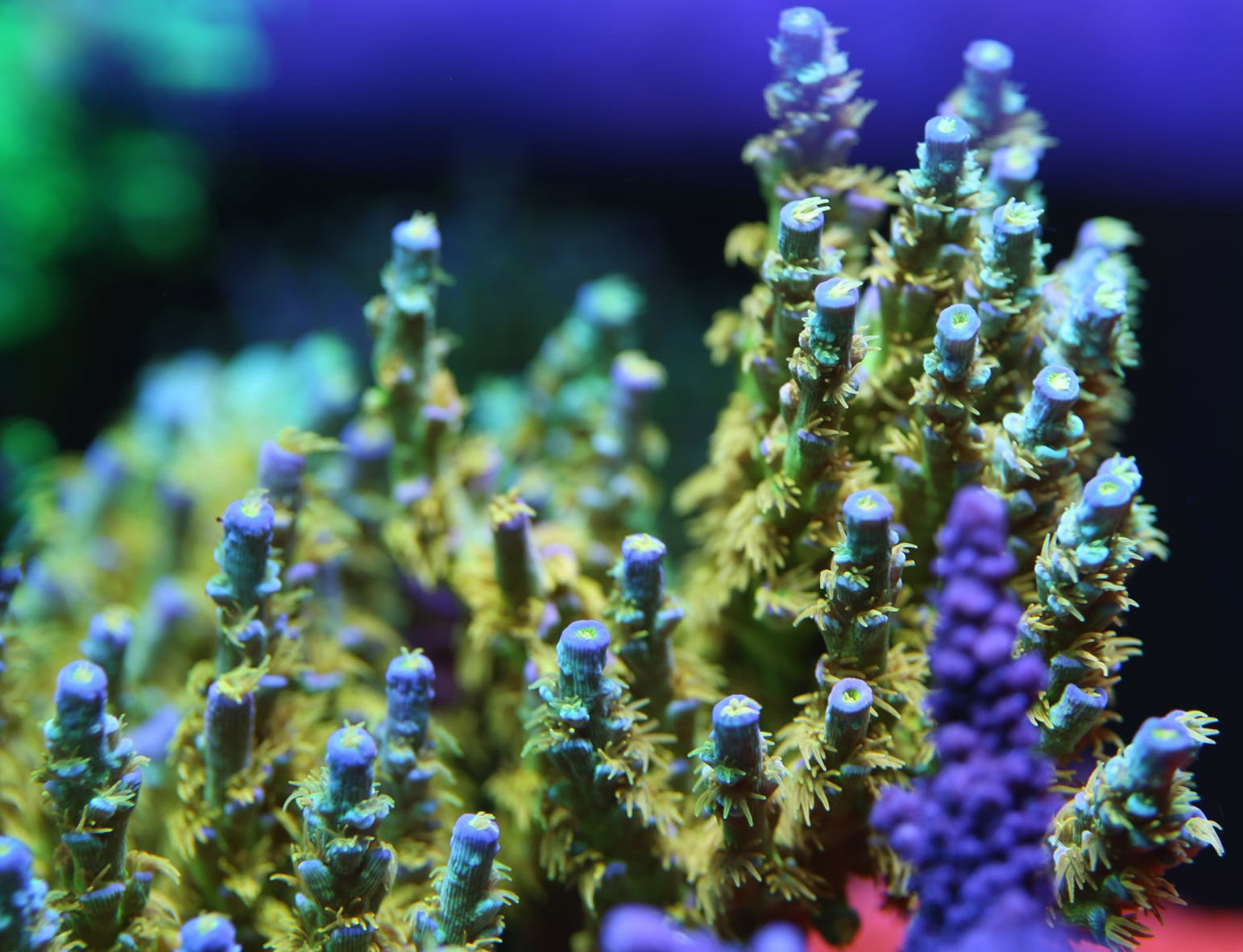
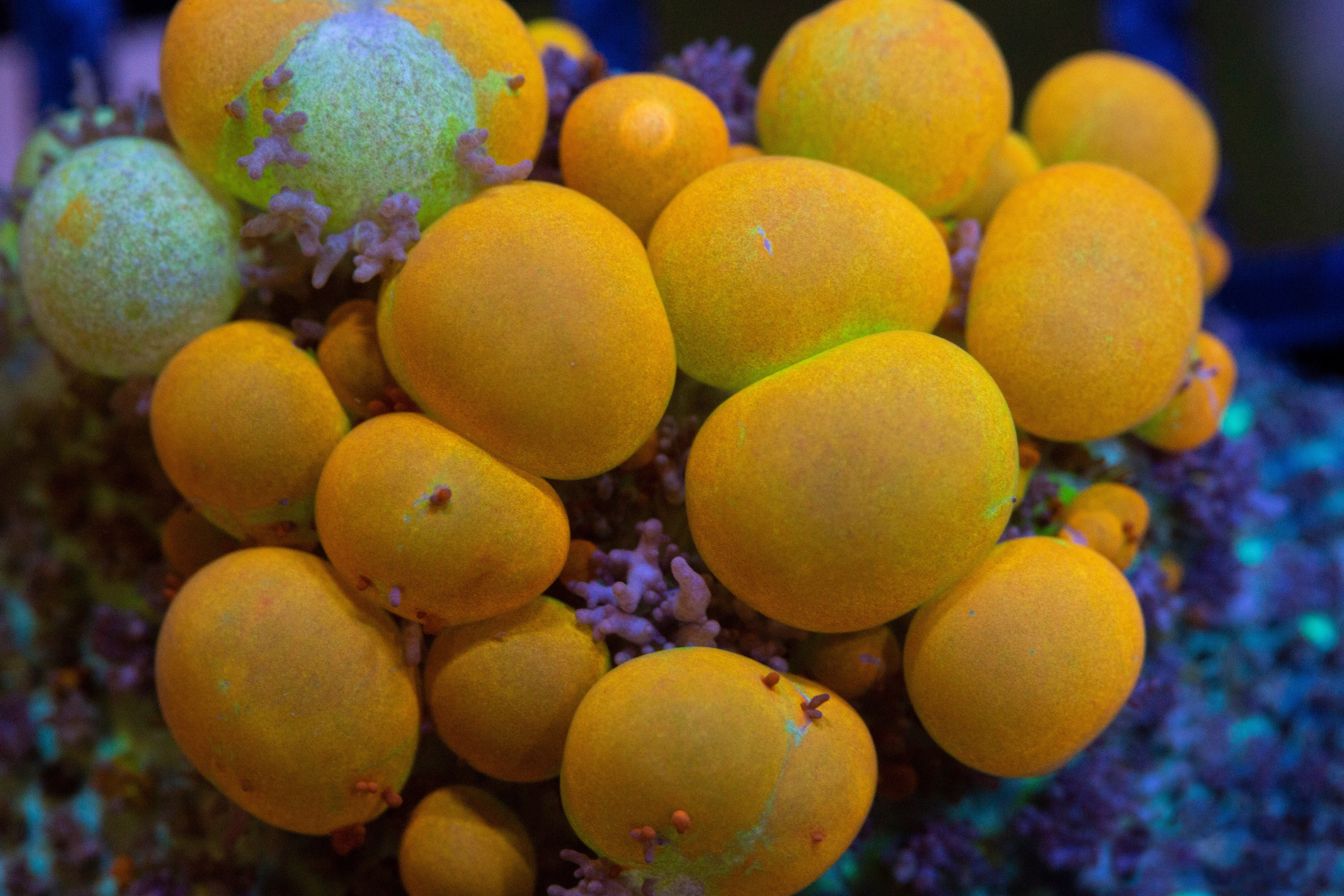
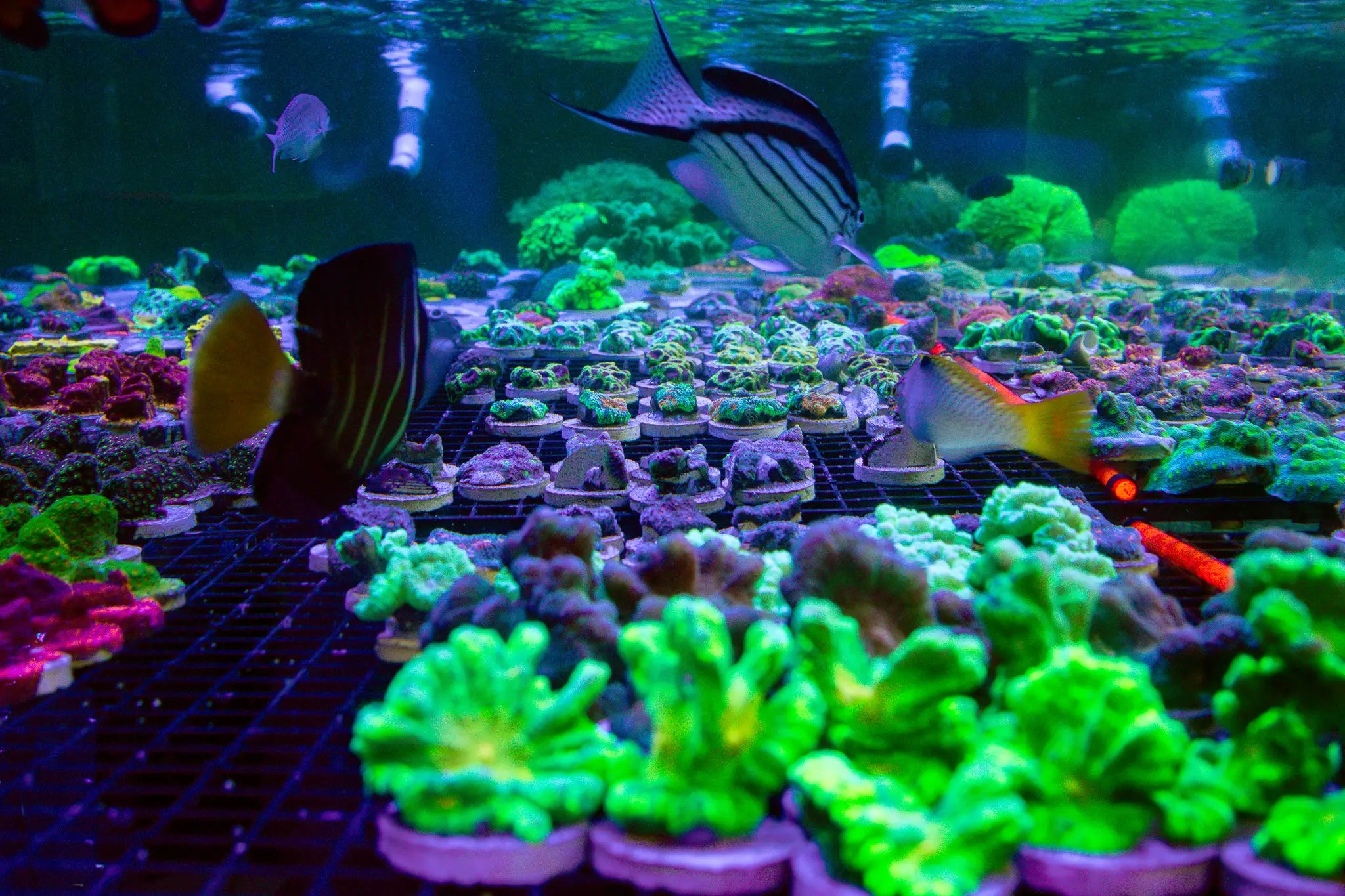

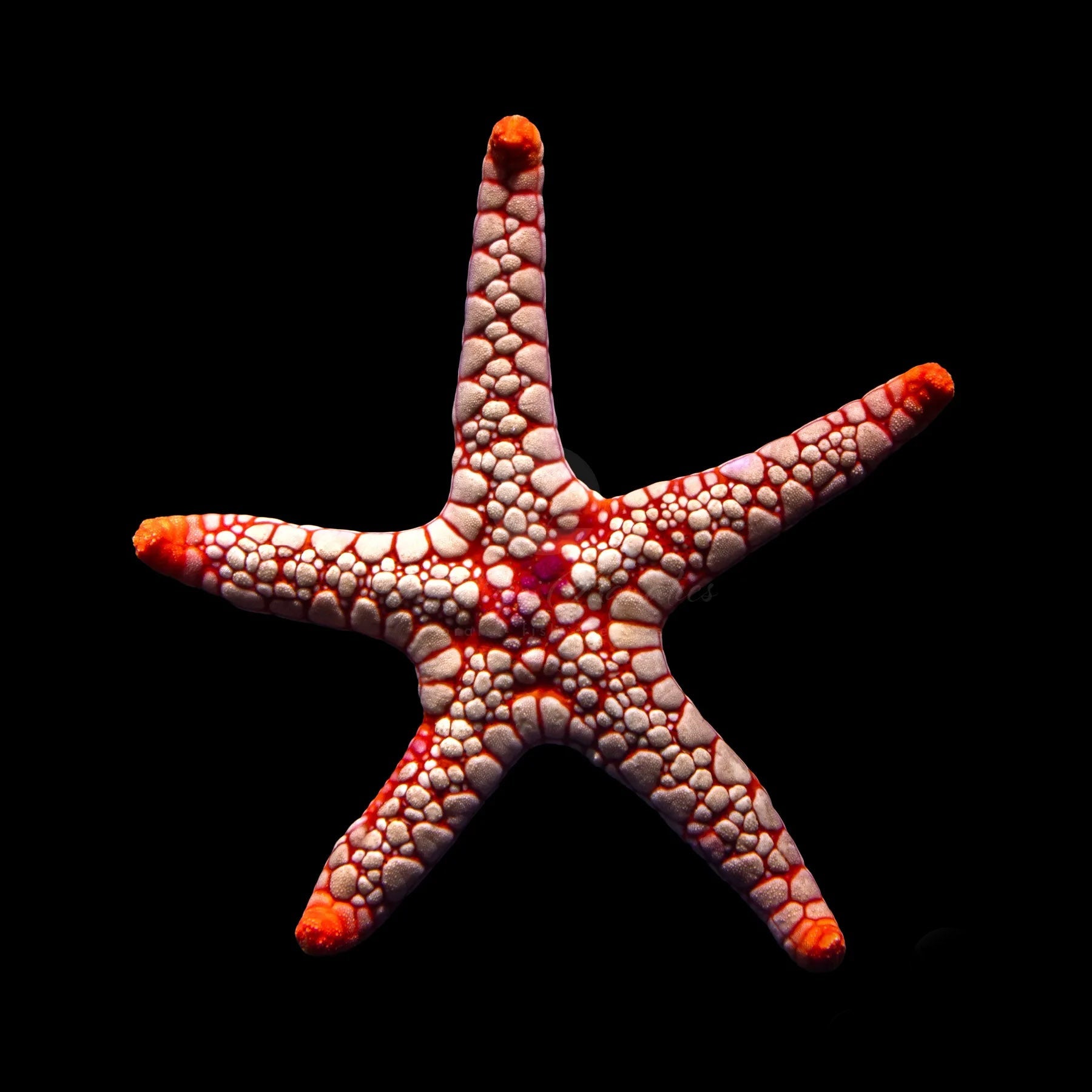
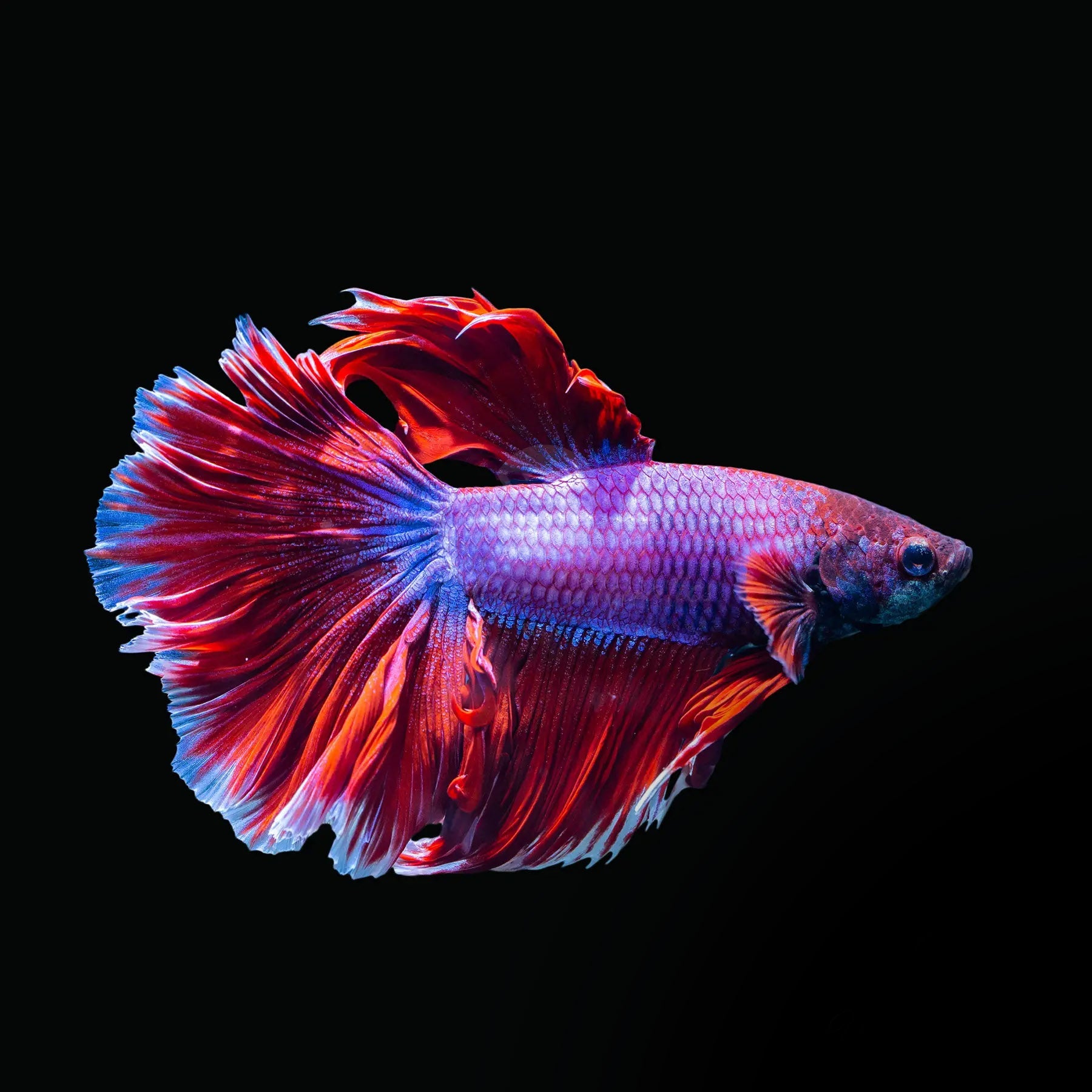
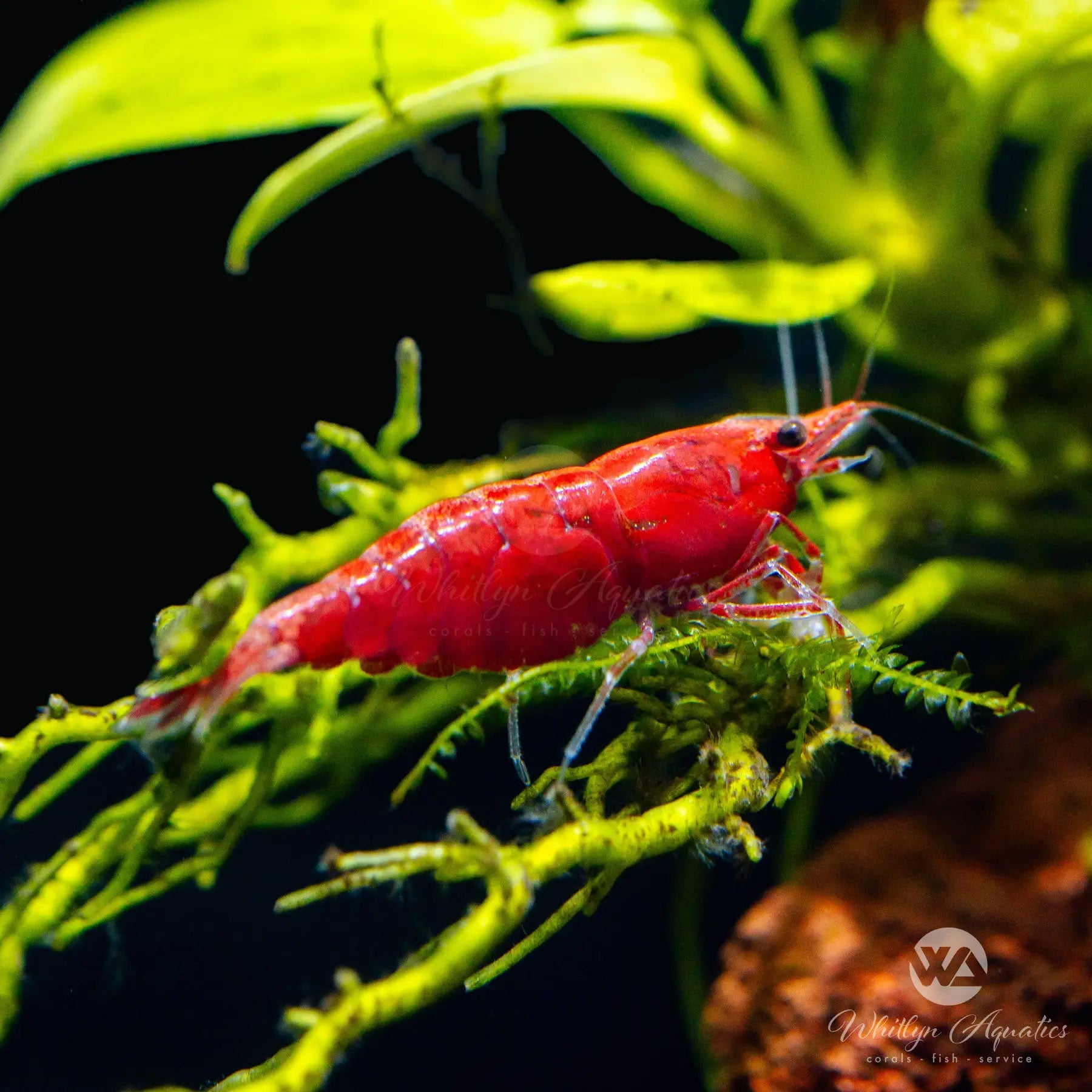
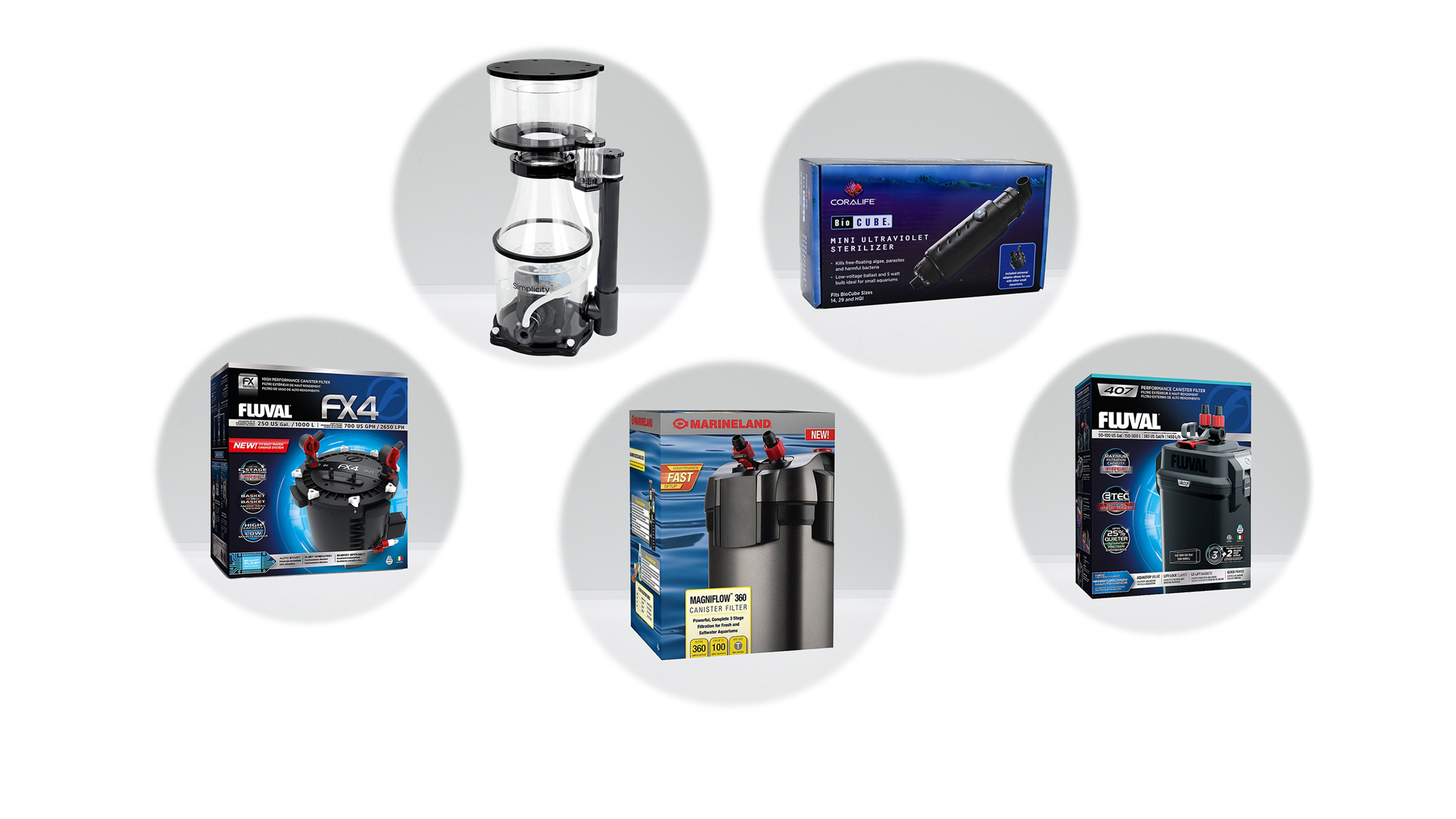
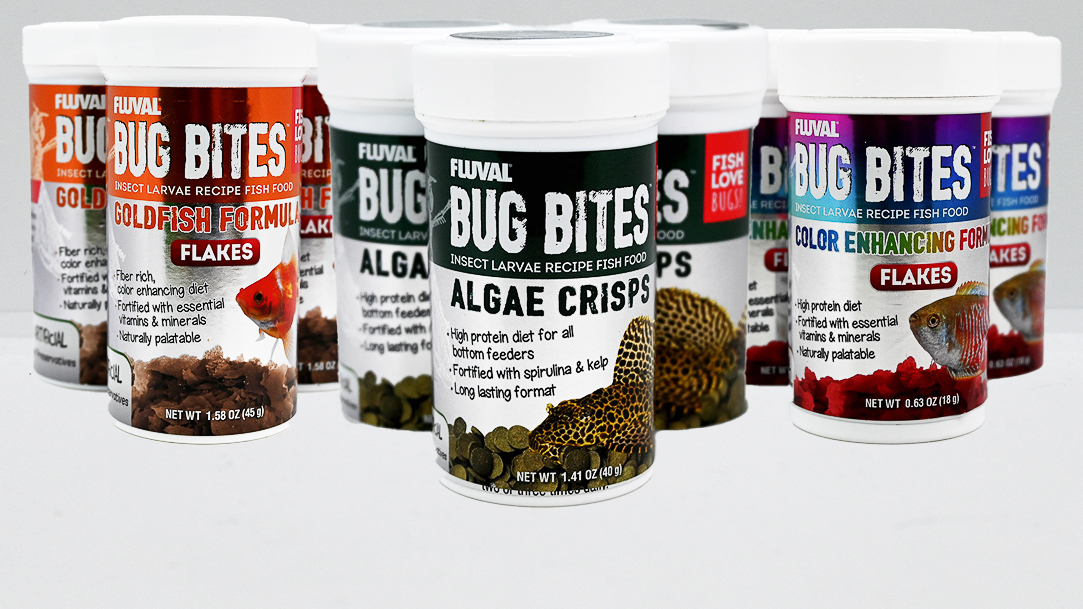
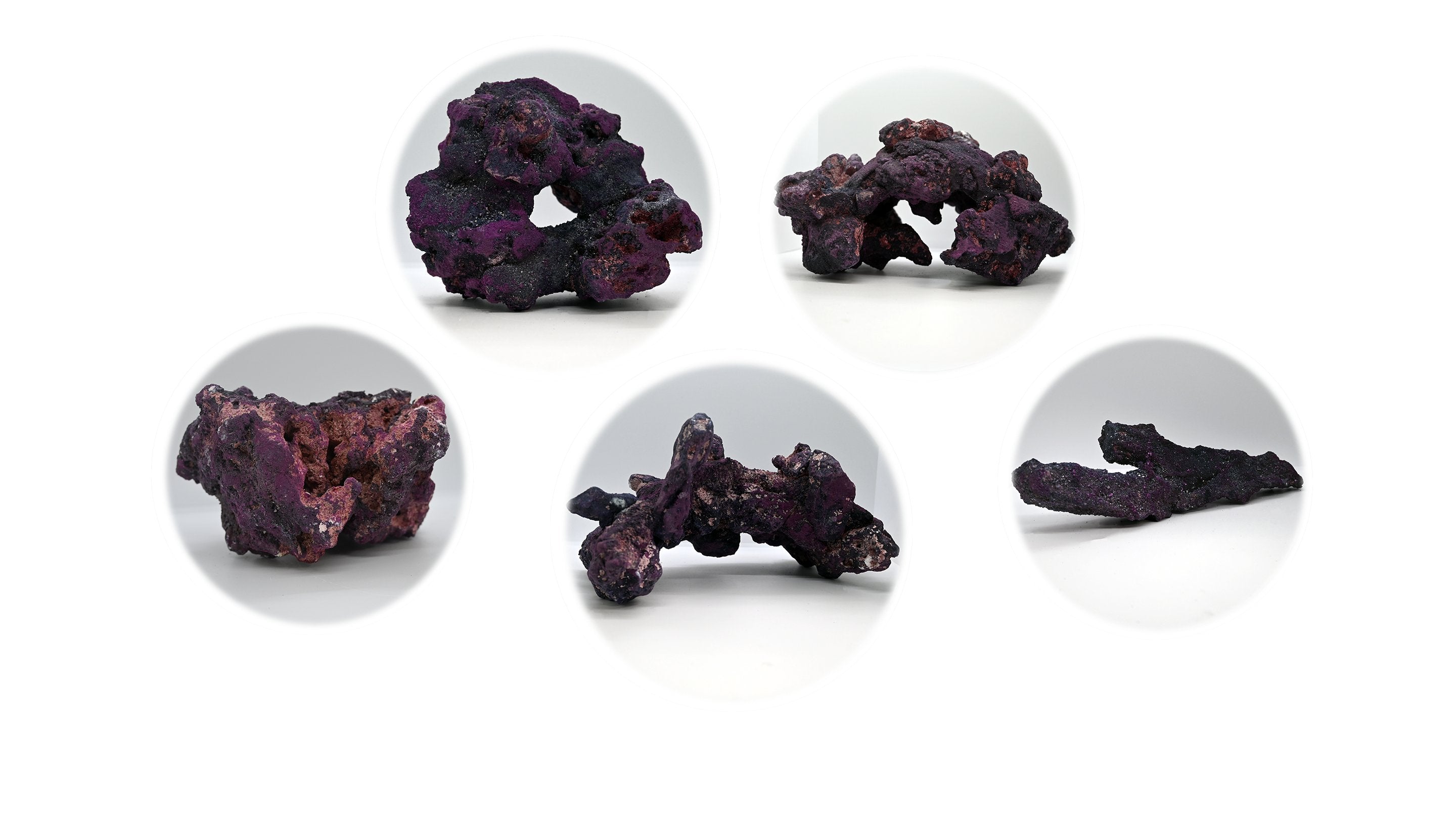
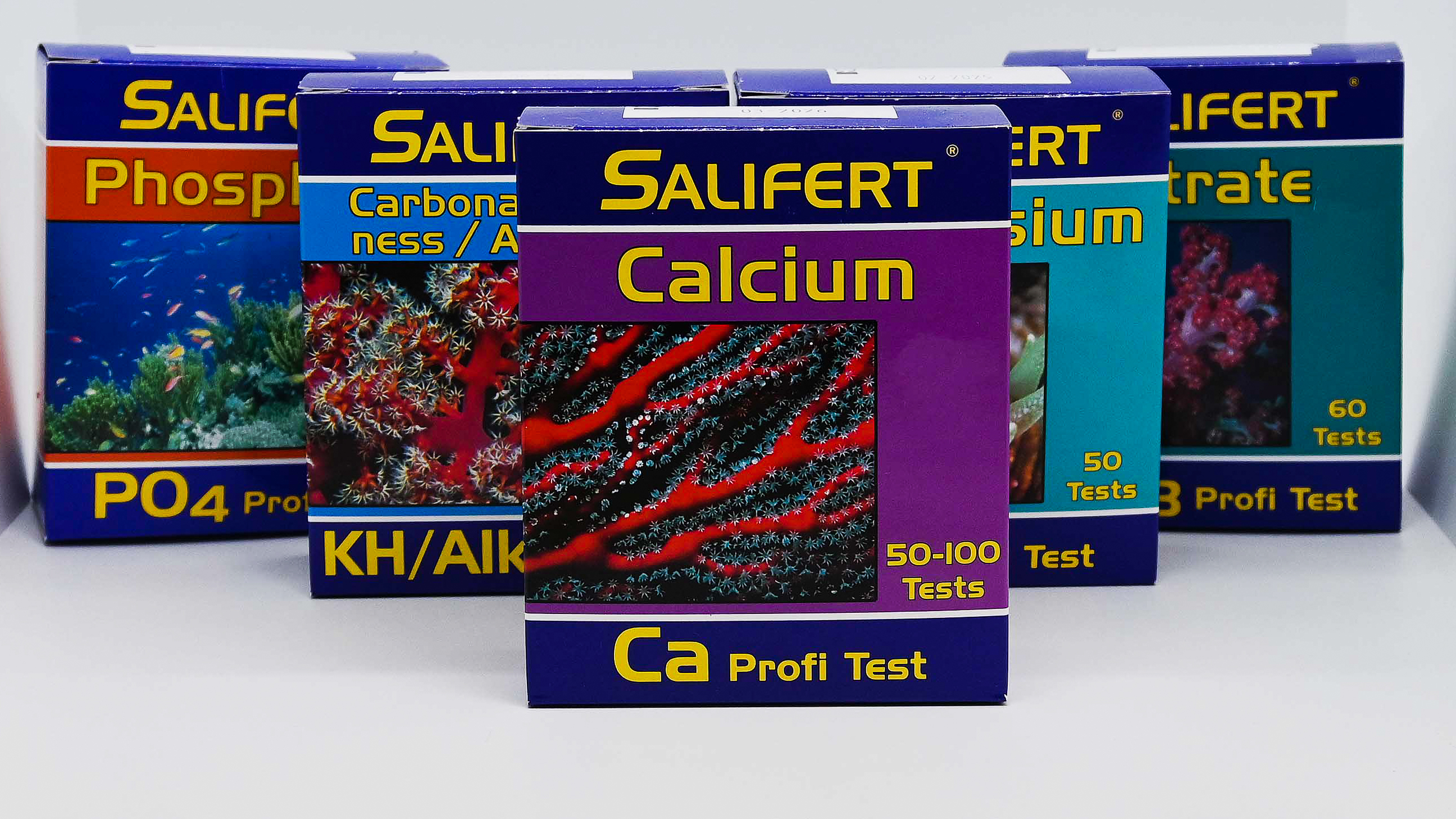
Leave a comment